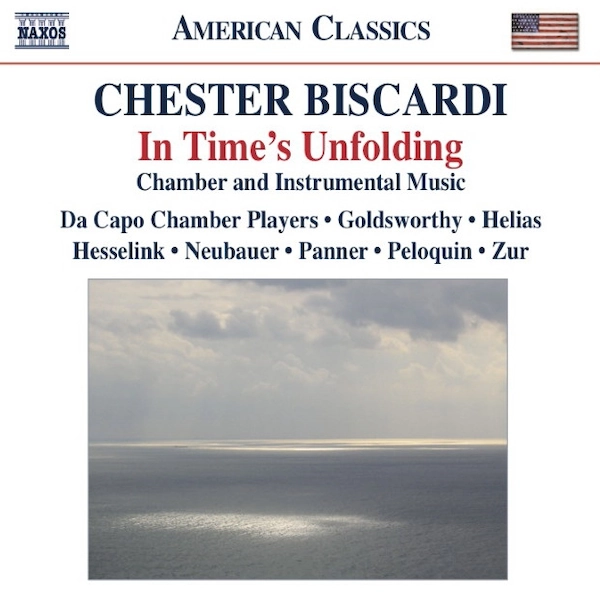Four Songs from
Sailors & Dreamers
(2007-2010)
Lyrics by Shirley Kaplan
Happy New Ear! Concert and conversation about new music, with Chester Biscardi, Shirley Kaplan, Stephen Siegel, Vera Ivanova, and Zachary Wadsworth.
Kevin McMillan, baritone, and Gabriel Dobner, piano
Tuesday August 23, 2011
7:30 PM
Central United Methodist Church
14 North Lewis Street, Staunton
Admission is free.






